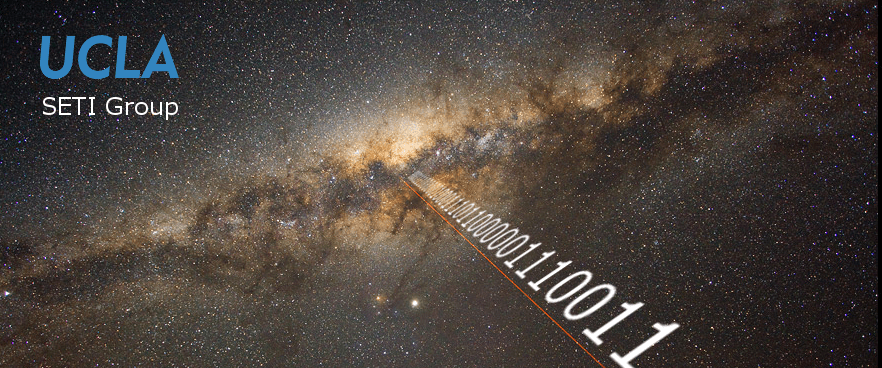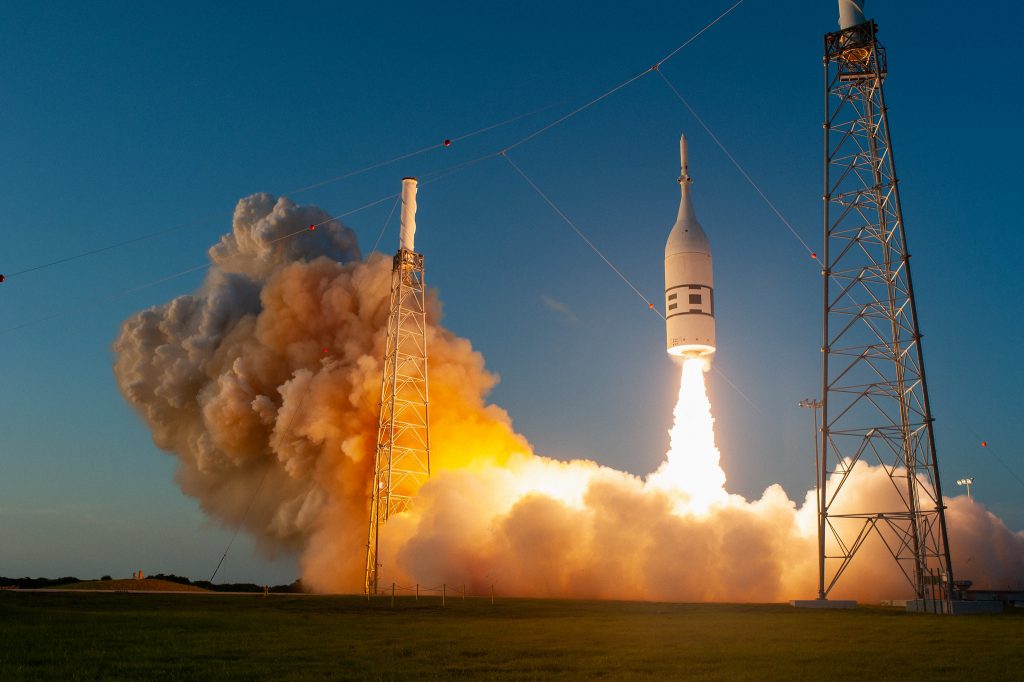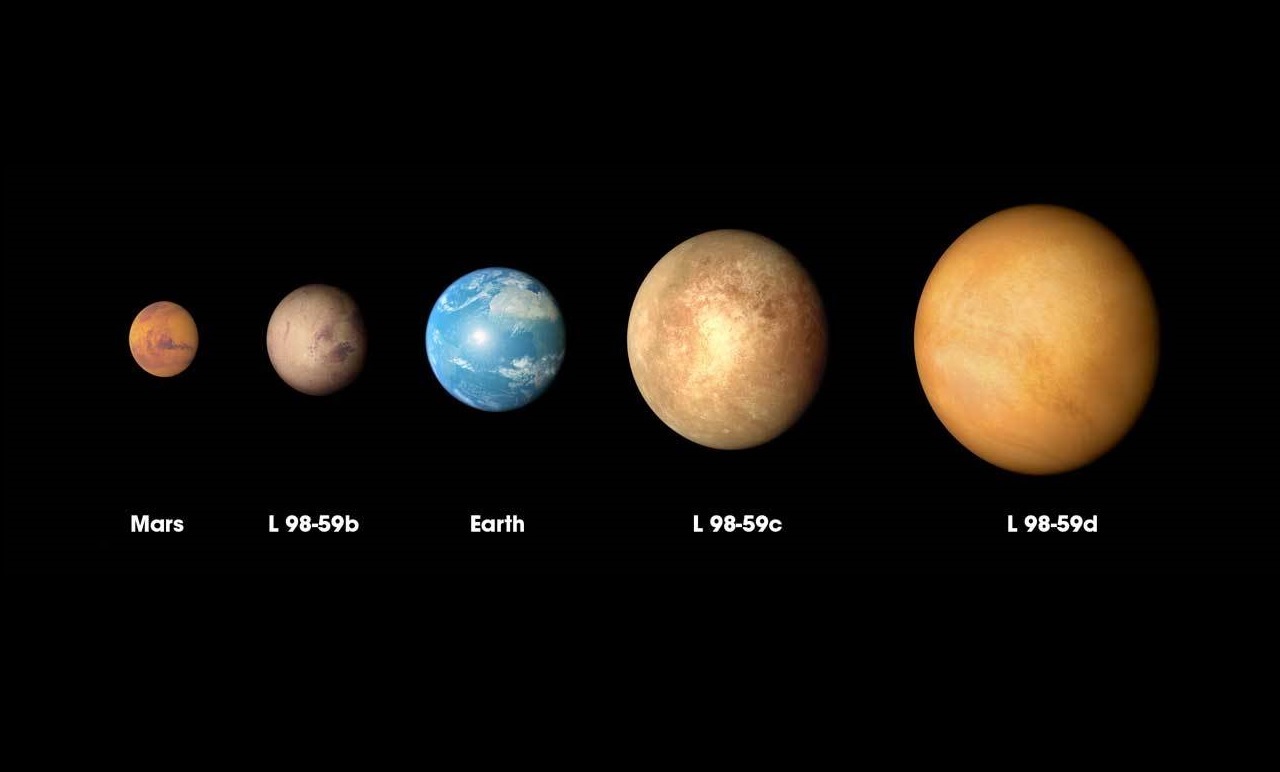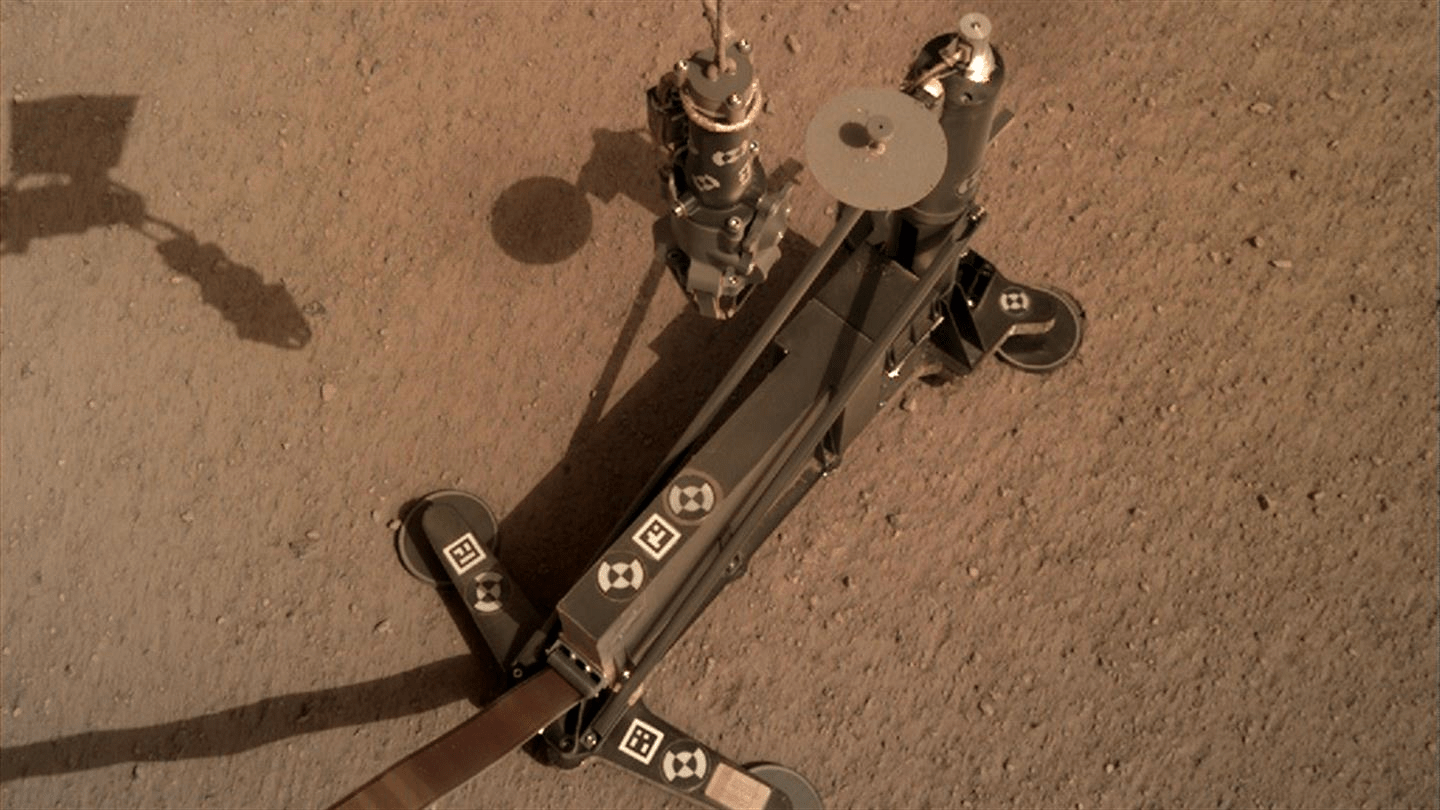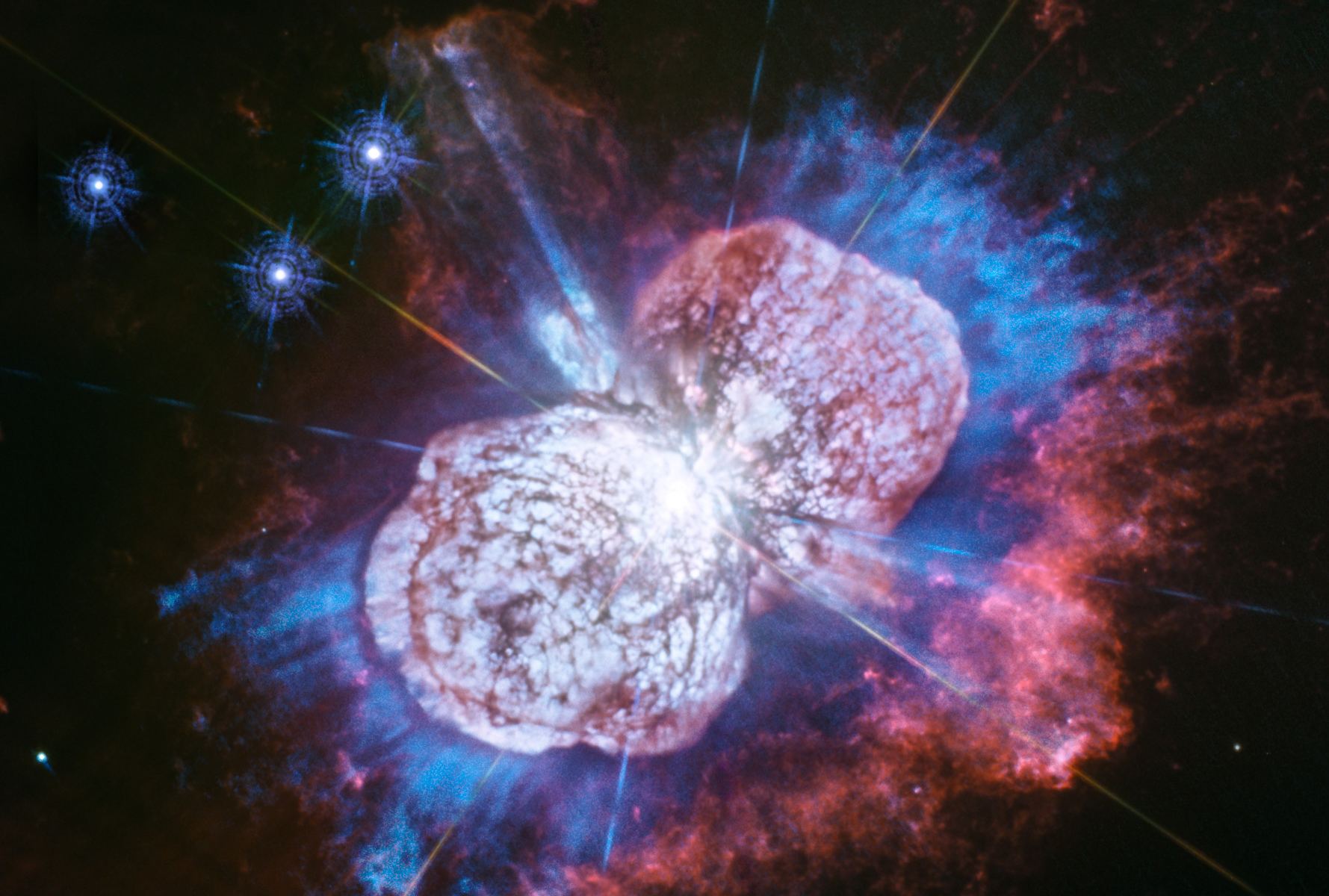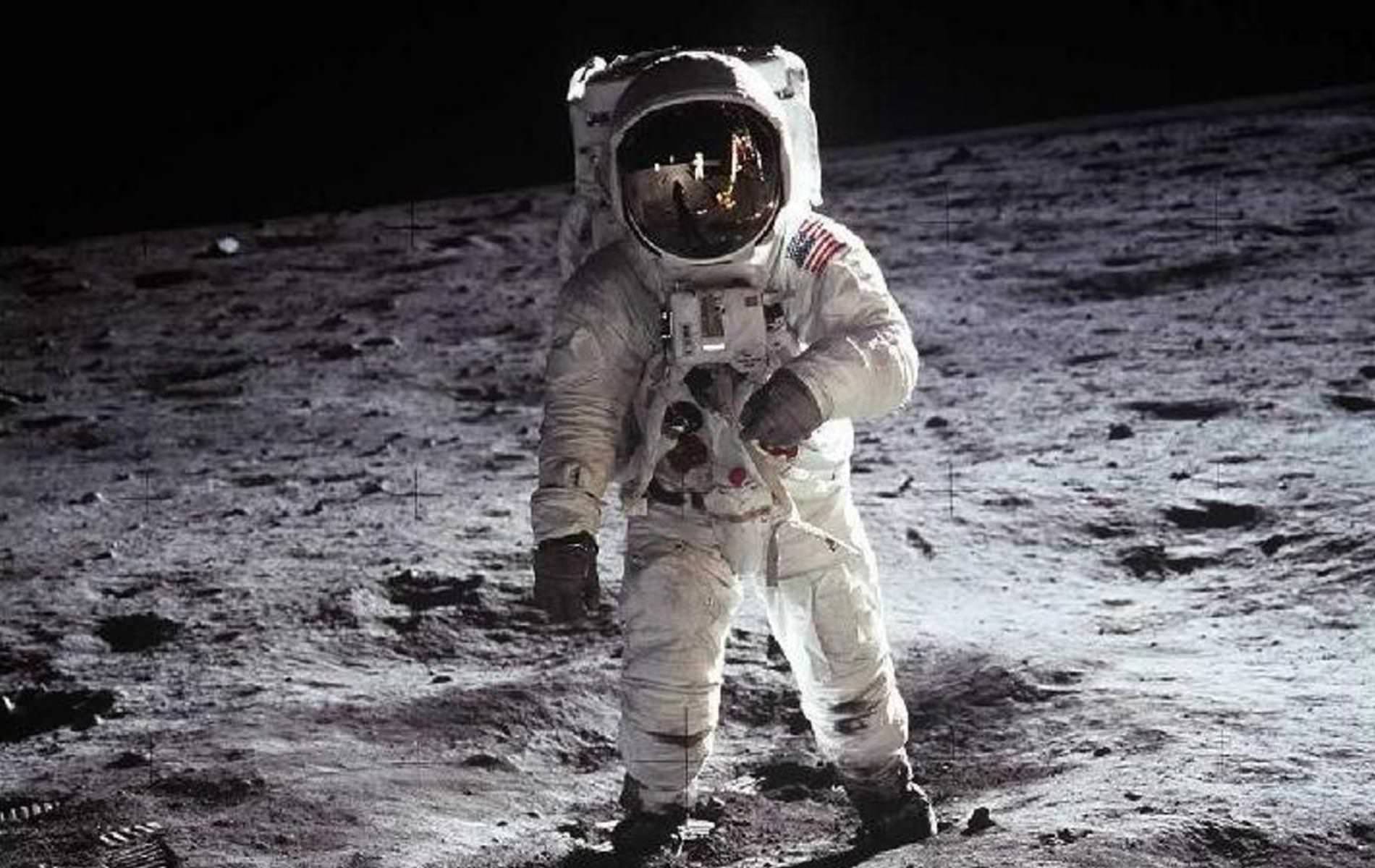Titan is a distant, exotic, and dangerous world. It’s frigid temperatures and hydrocarbon chemistry is like nothing else in the Solar System. Now that NASA is heading there, some researchers are getting a jump on the mission by recreating Titan’s chemistry in jars.
Continue reading “A Jarful of Titan Could Teach Us A Lot About Life There, and Here On Earth”A Jarful of Titan Could Teach Us A Lot About Life There, and Here On Earth



